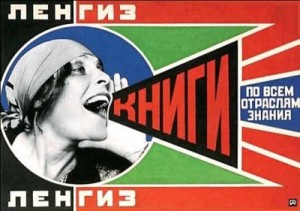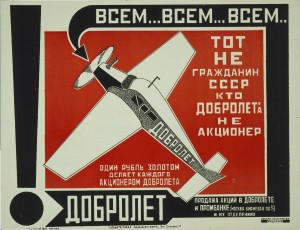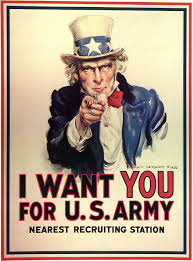During the early 20th century the avante-guarde artwork of Alexander Rodchenko influenced a new movement of Constructivism within Russia. His interactions with Russian Futurists inspired an individual style to create propaganda and artwork varying from sculpture to photography his conventions for graphic design are recognised and recreated worldwide. Rodchenko was introduced to me this week by my Media 1 classmate Daniel, and has caught my interest for two major reasons:
- Rodchenko’s clear conventions of design, including colour, shape, vector lines, framing and salience are all easy to recreate for the prupose of our final course project.
- The context of revolutionised Russia and Rodchenko’s influence on audience is a great example when studying the relationships between creators and consumers of media, a central idea of Media 1.
While this work originated with a specific purpose in a certain environment other graphic designers have carried Rodchenko’s work into larger spotlight, being replicated for various audiences and motivations worldwide. This adaptability has shown that some conventions can transcend cultural codes as certain colour combinations, sharp edges and objective images have a meaning inherent to all humanity.
For purposes of our presentation I think the narrator we have created will use similar techniques to draw a response from the audience. This has furthered my understanding of angles, cropping and contrasts to spur a reaction from audience.


